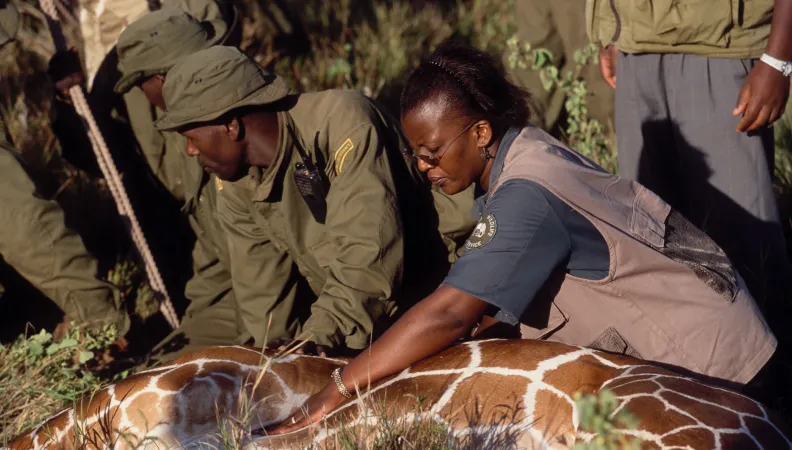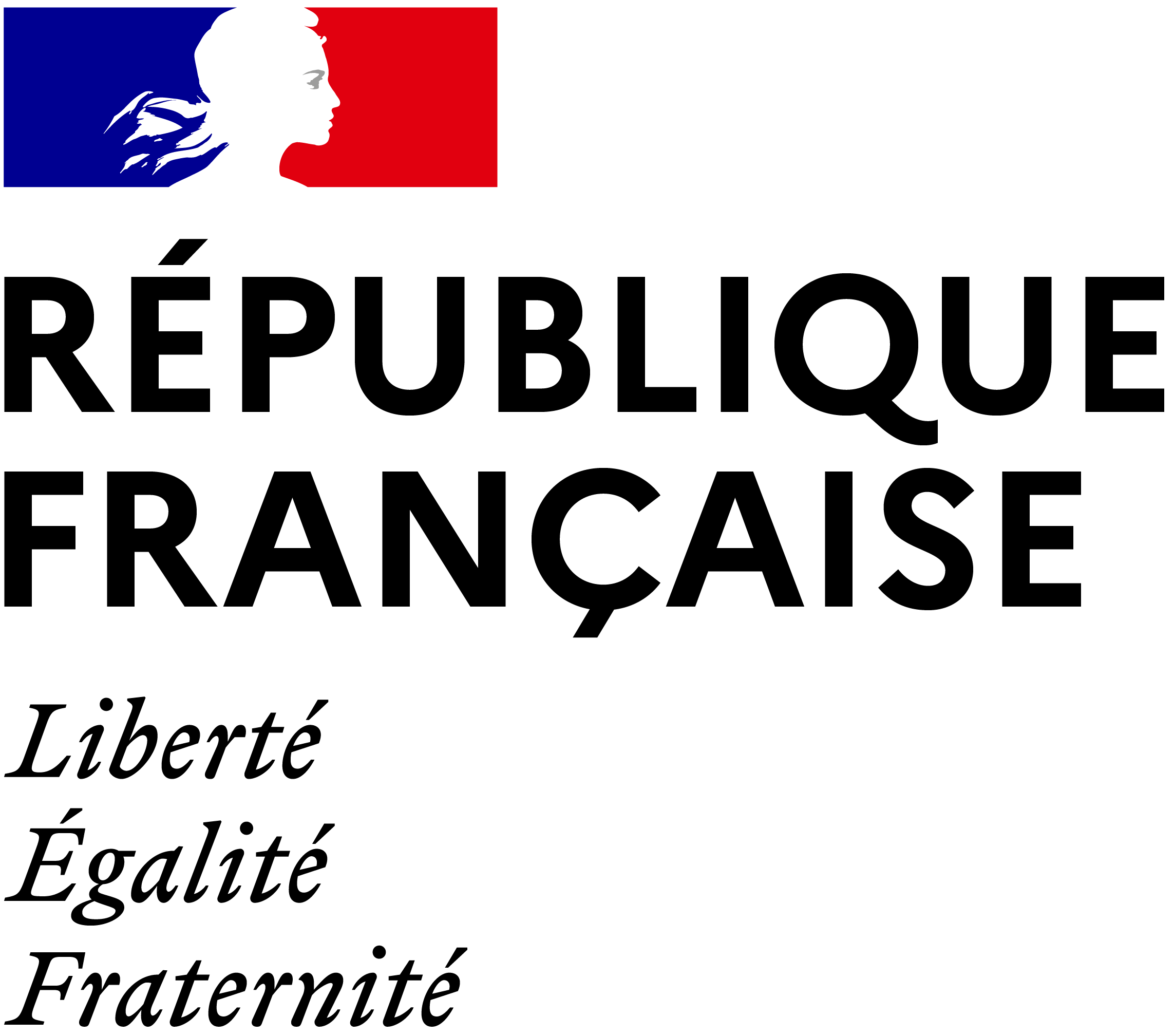Share the page
Rehabilitation of Meru National Park
Project


-
Project start date
-
-
Project end date
-
-
Project duration
-
7 years
-
AFD financing amount
-
€ 10000000
-
Country and region
-
Location
-
Parc national de Meru
-
Type of financing
-
Beneficiaries
-
Kenyan Government, Kenya Wildlife Services
By restoring and protecting wildlife, strengthening the park administration and creating income-generating activities for the local population, the project restored Kenya's second largest protected area.
Context
Meru Park is located in north-eastern Kenya, 350kms from Nairobi. The area includes Meru and Kora National Parks and Bisanadi and Mwingi/North Kitui National Reserves. This 870 km2 area is the second largest protected area in Kenya after Tsavo. The protected area of Meru includes very diverse landscapes and particularly rich in biodiversity. It is among the oldest parks in Kenya (established in 1966) and includes many permanent streams. The park was under severe pressure in terms of insecurity and poaching during the 1990s, resulting in halt in tourism and depletion of flora and fauna. In 2000, the Kenya Wildlife Service, the public agency responsible for the management of fauna and flora in Kenya, requested AFD to finance the rehabilitation of this protected area. The Government's goal was to strengthen park management and boost visits to increase tourism revenues and create jobs.
Description
The project focused on rehabilitating park infrastructure, reducing human-wildlife conflict and restoring biodiversity in the protected area. Activities included: training guards and provision of communication equipment and vehicles to improve security, rehabilitation of roads and airstrips, relocation of wildlife: rhinos, zebras, giraffes, impala, waterbucks and hartebeests in the park, construction of an electric fence west of the Park to reduce conflicts between wildlife and ranching communities, various initiatives for communities (income generating activities, borehole drilling, etc.)
Impacts
The project enabled Kenya Wildlife Service to have field advantage over poachers and restore the protected area of Meru, which was in danger of disappearing. The relocation of more than 1,200 wild animals and the creation of a rhinoceros sanctuary strengthened the legitimacy of the existence of this protected area. The project had a positive impact in terms of tourism, lodge creation and jobs. Construction of the fence enhanced security and borehole drilling have improved the living conditions of neighbouring communities.


